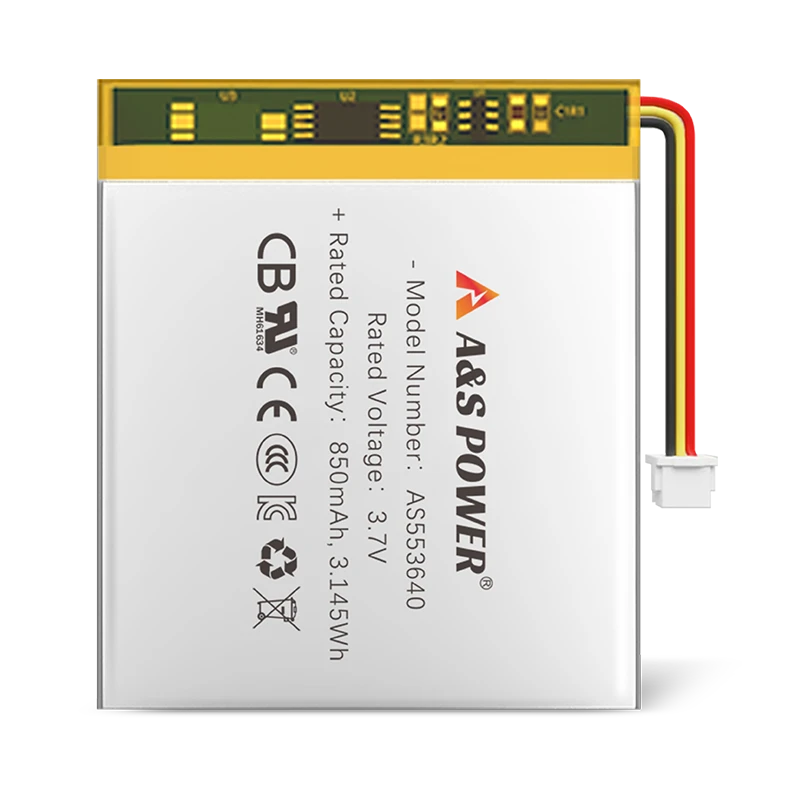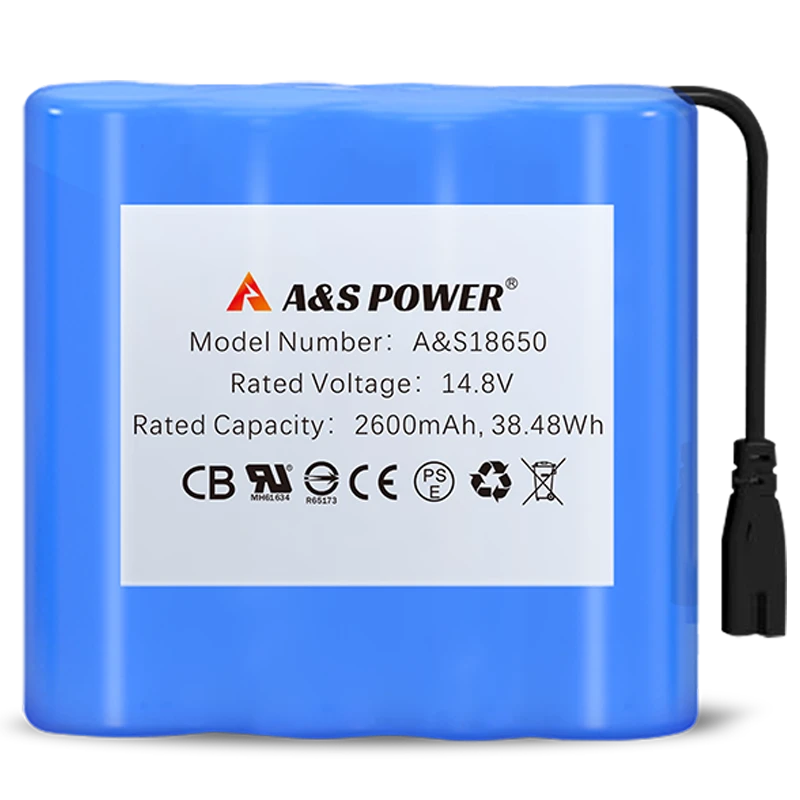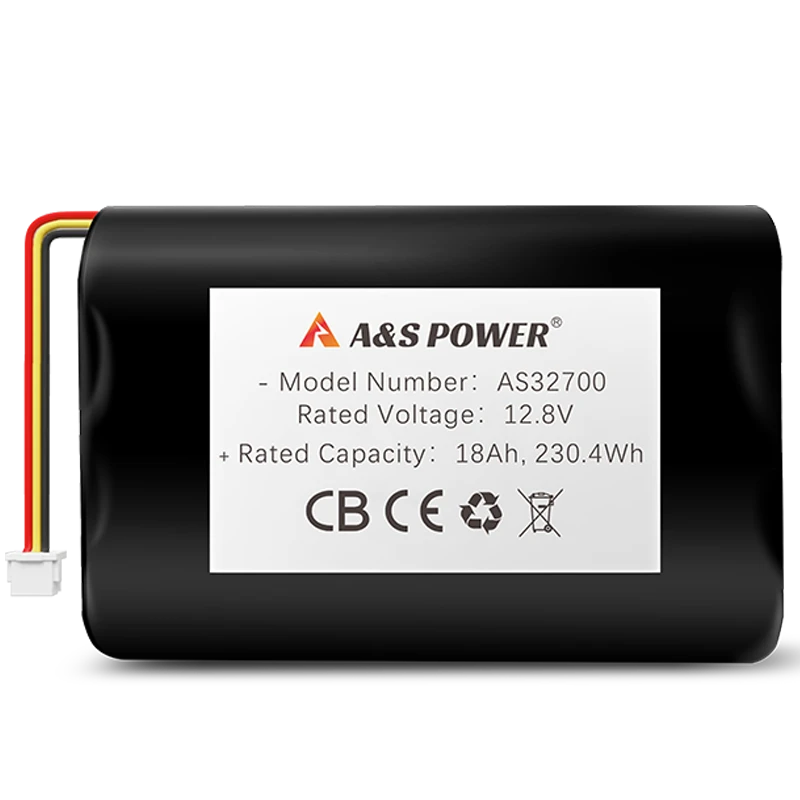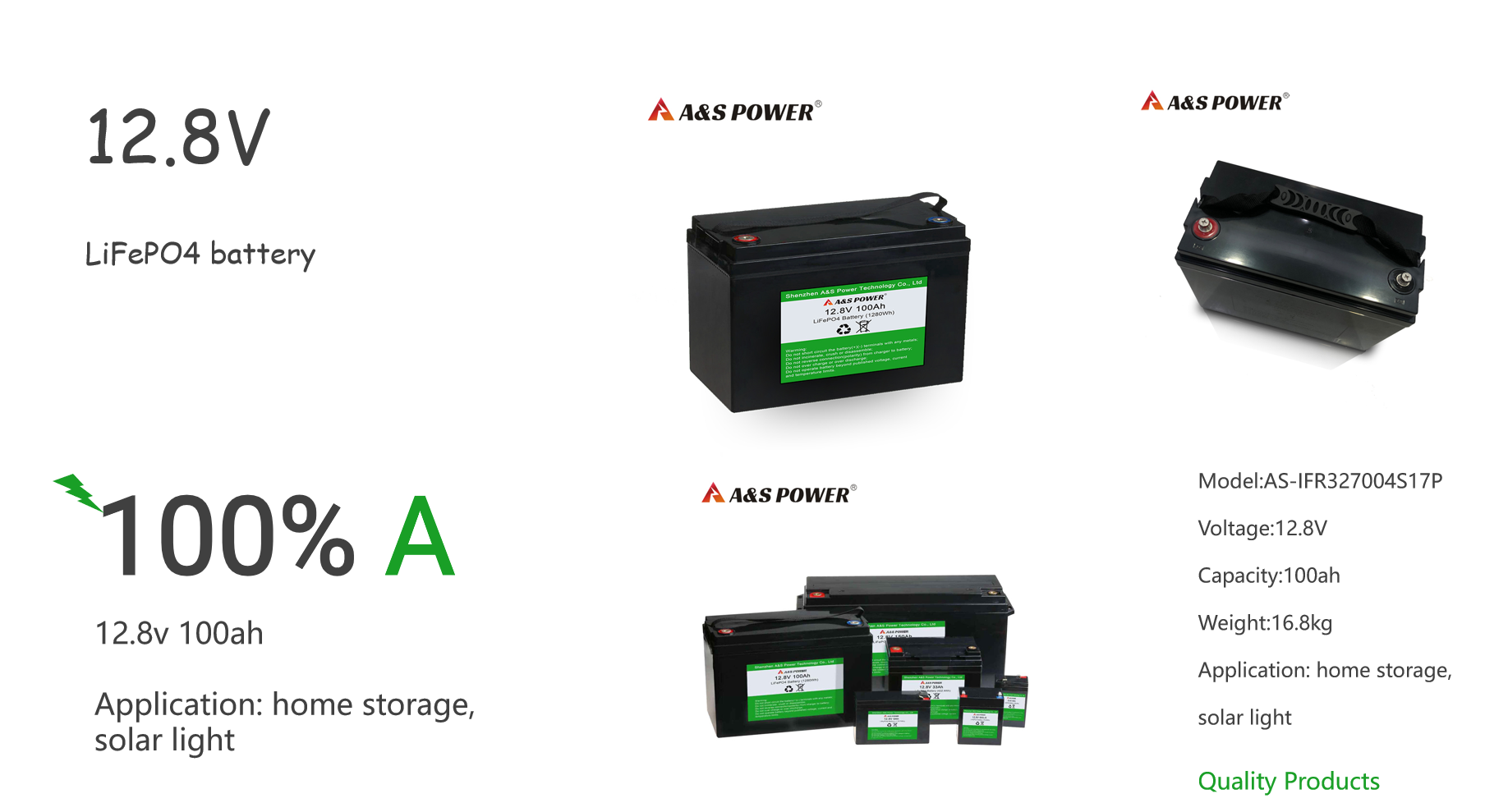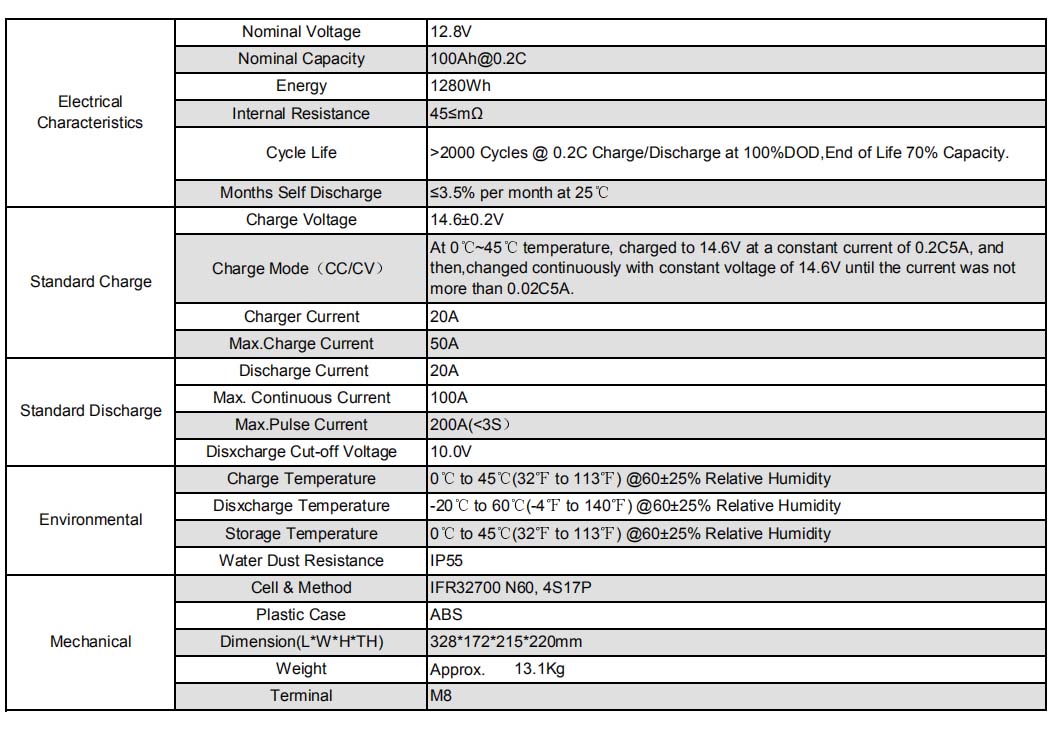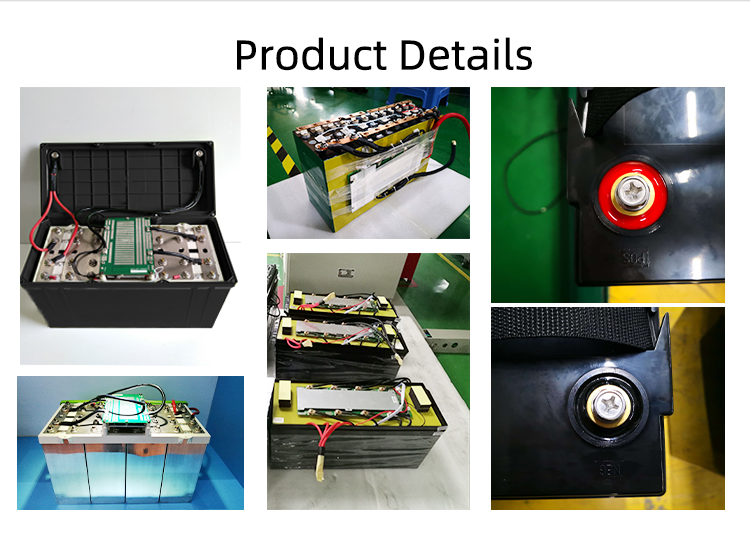12V LiFePO4 Battery: The Ultimate Power Solution for Modern Applications
The 12V LiFePO4 battery has emerged as a revolutionary force in energy storage, combining unparalleled safety, durability, and efficiency. As industries worldwide transition toward renewable energy and electric mobility, this technology is reshaping applications—from solar power systems to electric vehicles (EVs). This comprehensive guide explores its technical superiority, global market applications, and strategic advantages for businesses targeting international markets.
Why LiFePO4 Batteries Dominate Global Markets?
1. Unmatched Safety and Thermal Stability
LiFePO4 batteries utilize a stable cathode material, reducing thermal runaway risks by 80% compared to lithium-ion alternatives
. Unlike lead-acid batteries, they operate safely in extreme temperatures (-20°C to 60°C), making them ideal for harsh environments like desert regions or Arctic climates .
2. Extended Lifespan and Cost Efficiency
With 3,500–5,000 charge cycles, LiFePO4 batteries last 2–3 times longer than traditional lead-acid options. For commercial fleets, this translates to 40% lower lifecycle costs due to reduced replacement frequency
.
3. Compliance with Global Safety Standards
The battery meets UL 1973, UN38.3, and IEC 62619 certifications, critical for international shipping and federal contracts. Its 95% recyclability aligns with the EU’s Circular Economy Action Plan, avoiding landfill bans on non-recyclable batteries
.
Core Applications Across Industries
1. Renewable Energy Systems
Solar Storage Integration
The 12V LiFePO4 battery bridges solar generation gaps. Paired with inverters, it stores excess energy, reducing grid dependency by 25–40%. In California, over 18% of residential solar setups now integrate these batteries to leverage Net Energy Metering (NEM) incentives
.
Off-Grid Infrastructure
For remote cabins and RVs, these batteries provide 16–20 hours of backup power, enabling refrigeration and communication. The global RV market, valued at $52 billion, increasingly adopts lithium variants for their lightweight design (saving 60% weight vs. lead-acid)
2. Electric Vehicles and Transportation
EV Auxiliary Systems
While high-voltage batteries dominate EV powertrains, 12V LiFePO4 batteries power infotainment, lighting, and safety systems. Tesla Model 3 and Ford Mustang Mach-E use dual 12V systems to ensure uninterrupted operation during high-voltage failures
.
Hybrid and Plug-In Hybrids
These batteries stabilize 12V systems, managing regenerative braking energy. Toyota Prius Prime’s LiFePO4 battery reduces fuel consumption by 3.5% through optimized energy recycling
.
3. Industrial and Commercial Use
UPS and Backup Power
Data centers and telecom networks rely on LiFePO4 batteries for uninterruptible power supply (UPS). A 2024 study by the Electric Power Research Institute found lithium UPS systems reduce downtime by 75% compared to lead-acid alternatives .
Material Handling
Forklifts and pallet jacks use these batteries for high-power tasks. Crown Equipment’s 2.0 kWh lithium solutions achieve 12-hour runtime, minimizing charging intervals in warehouses
.
Market Trends and Competitive Insights
Growth in Solar-Plus-Storage Systems
The global residential solar market is projected to grow at a 9.5% CAGR through 2030, with LiFePO4 batteries playing a pivotal role. The U.S. Inflation Reduction Act (IRA) offers $0.50/W subsidies, driving a 38% annual surge in adoption
EV Charging Infrastructure Expansion
With over 160,000 public EV chargers worldwide, backup batteries ensure uninterrupted charging. EnerSys’ NRG® 12V 20Ah system powers 45% of Level 2 chargers in Texas, demonstrating scalability for high-demand zones
.
Military and Defense Applications
The U.S. Department of Defense deploys these batteries in tactical communication systems. Their shock resistance (4-meter drop tolerance) and -40°C operation make them ideal for Arctic missions
.
Competitive Landscape and Strategic Positioning
Market Share Analysis
| Manufacturer | Global Market Share | Core Innovation |
|---|---|---|
| Tesla Energy | 24% | Grid-scale 12V battery clusters |
| LG Energy Solution | 19% | 3C fast-charging compatibility |
| BYD | 16% | Integrated BMS for safety |
| Data Source: BloombergNEF, 2025. |
Differentiation Through Customization
- Terminal Customization: Adjust terminal types (e.g., DIN vs. JIS) for OEM clients.
- Certifications: Highlight UL 1989, IEC 62619, and RoHS compliance for enterprise clients.
- Bulk Pricing: Tiered discounts for orders above 500 units, appealing to solar installers and fleet managers.
Future Outlook and Sustainability
Recycling Initiatives
With 95% recyclability, lithium 12V batteries align with ESG goals. Redwood Materials’ Nevada facility recovers 98% of cathode metals, reducing mining dependency
Solid-State Technology Breakthroughs
Emerging solid-state designs promise 50% higher energy density, targeting aerospace and deep-sea exploration. NASA’s Artemis program is testing 12V 20Ah prototypes for lunar habitats
.
Lifepo4 12
12v Bttery 12.8v 100ah lifepo4 battery for solar led light
Lithium Iron Phosphate Battery
Environment friendly: Lead-free.
Long life: 2000 times cycle life, life up to 10 years.
Light weight: only 30% of the weight of lead-acid battery.
High power: provide 2 times of lead-acid battery power output.
Flexibility: modular design, can realize 4 series, multiple parallel.
-

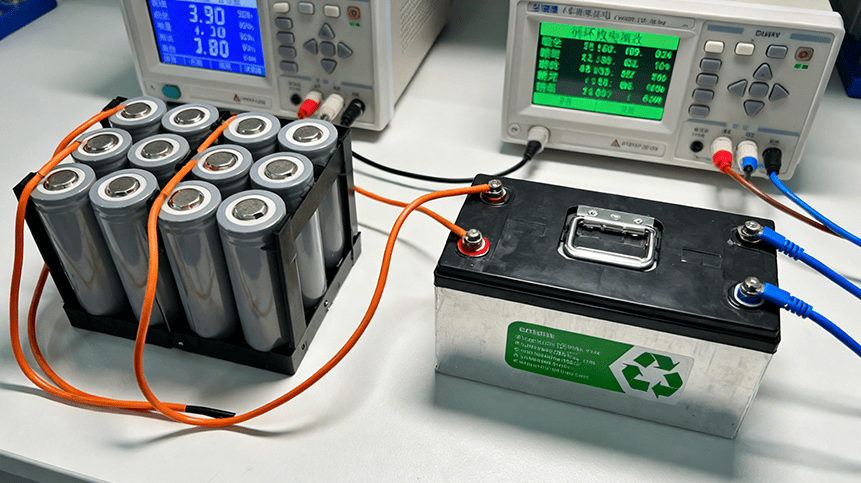 May.2025.11.24Ternary Lithium Battery vs Lithium-ion: Complete Comparison Guide (2025 Edition)Learn More
May.2025.11.24Ternary Lithium Battery vs Lithium-ion: Complete Comparison Guide (2025 Edition)Learn More -

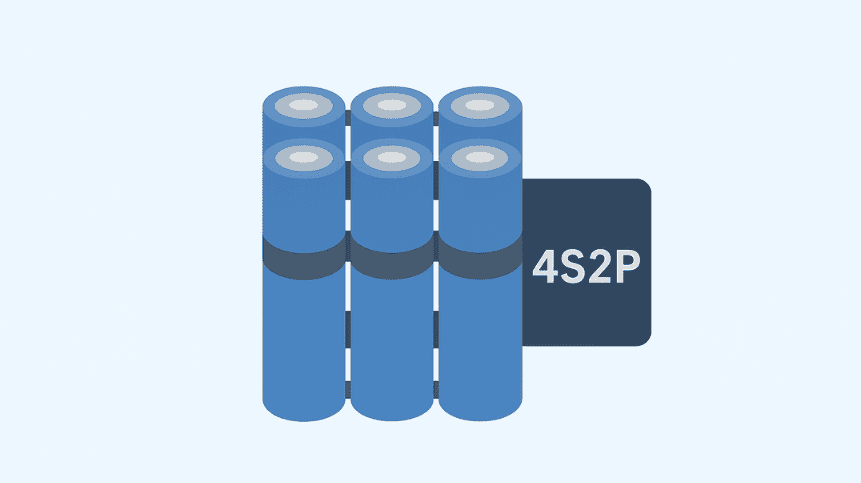 May.2025.11.214S2P 18650 14.8V Battery: Complete Technical Guide, Specs, Applications & SafetyLearn More
May.2025.11.214S2P 18650 14.8V Battery: Complete Technical Guide, Specs, Applications & SafetyLearn More -

 May.2025.11.18PCM vs BMS in Lithium Batteries: What’s the Difference and Which One Do You Need?Learn More
May.2025.11.18PCM vs BMS in Lithium Batteries: What’s the Difference and Which One Do You Need?Learn More -

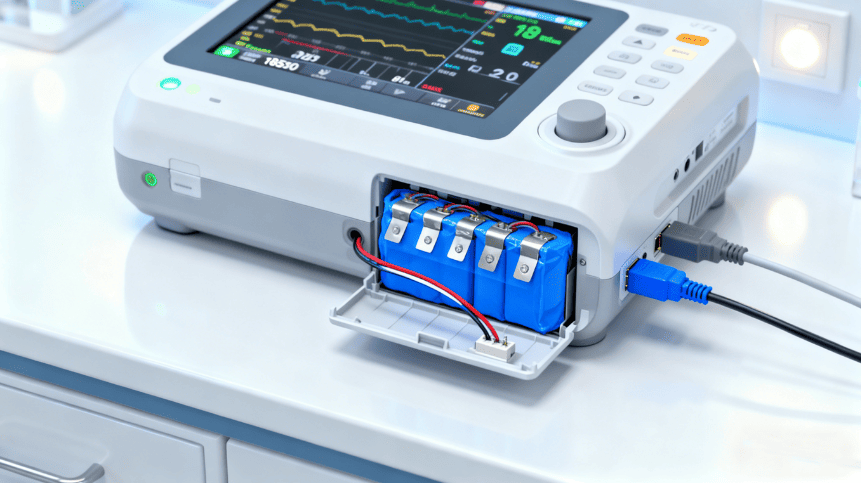 May.2025.11.17Custom Li-ion Battery Design for Medical Devices (2025 Comprehensive Guide)Learn More
May.2025.11.17Custom Li-ion Battery Design for Medical Devices (2025 Comprehensive Guide)Learn More -

 May.2025.11.17The Future of Lithium-Ion Batteries: Innovation, Sustainability, and Global Market TrendsLearn More
May.2025.11.17The Future of Lithium-Ion Batteries: Innovation, Sustainability, and Global Market TrendsLearn More




